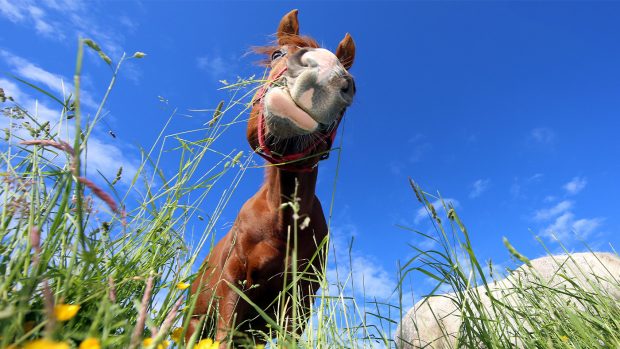If you think your horse could be in better condition, then why not try a different feed or supplement. Don’t accept brittle, flaky feet, a dull coat or hyperactivity as the norm until you have tried an alternative feed.
Some products sound interesting, but you have to try them for yourself to see if they workon your horse. While this is fine with a £6 bag of feed, it can be expensive if it is a £60 or £70 tub, particularly if you have to buy two or three to notice any effect. Choose products from reputable companies, which should have done the work to prove the claims they make for their products.
There is a comprehensive set of rules designed to protect you within the legislation to which manufacturers have to adhere. The main one is the Feeding Stuffs Regulations 2000, this governs what can be used in, and what can be said about, products.
By law, the bag or tub must give basic nutritional information and feed guidance, and any claim, whether it be on the bag or on any supporting literature, must be capable of substantiation by the company.
If a product “promises” that your horse will have new hooves within six weeks, ask the company for the trial work that proves it. If you use a company advice line, buy from the company that listens to your needs first, and don’t be afraid to question it hard if its answers sound unconvincing.
The feed industry, through its trade association, the British Equestrian Trade Association (BETA), has formed a Feed Code which will be launched in 2002. Designedto set high standards of conduct and create a unified approach to the marketing and promotion of equine feed products for manufacturers, importers and wholesalers.




